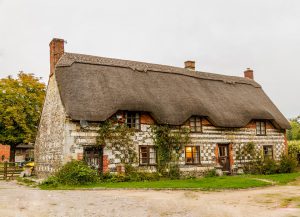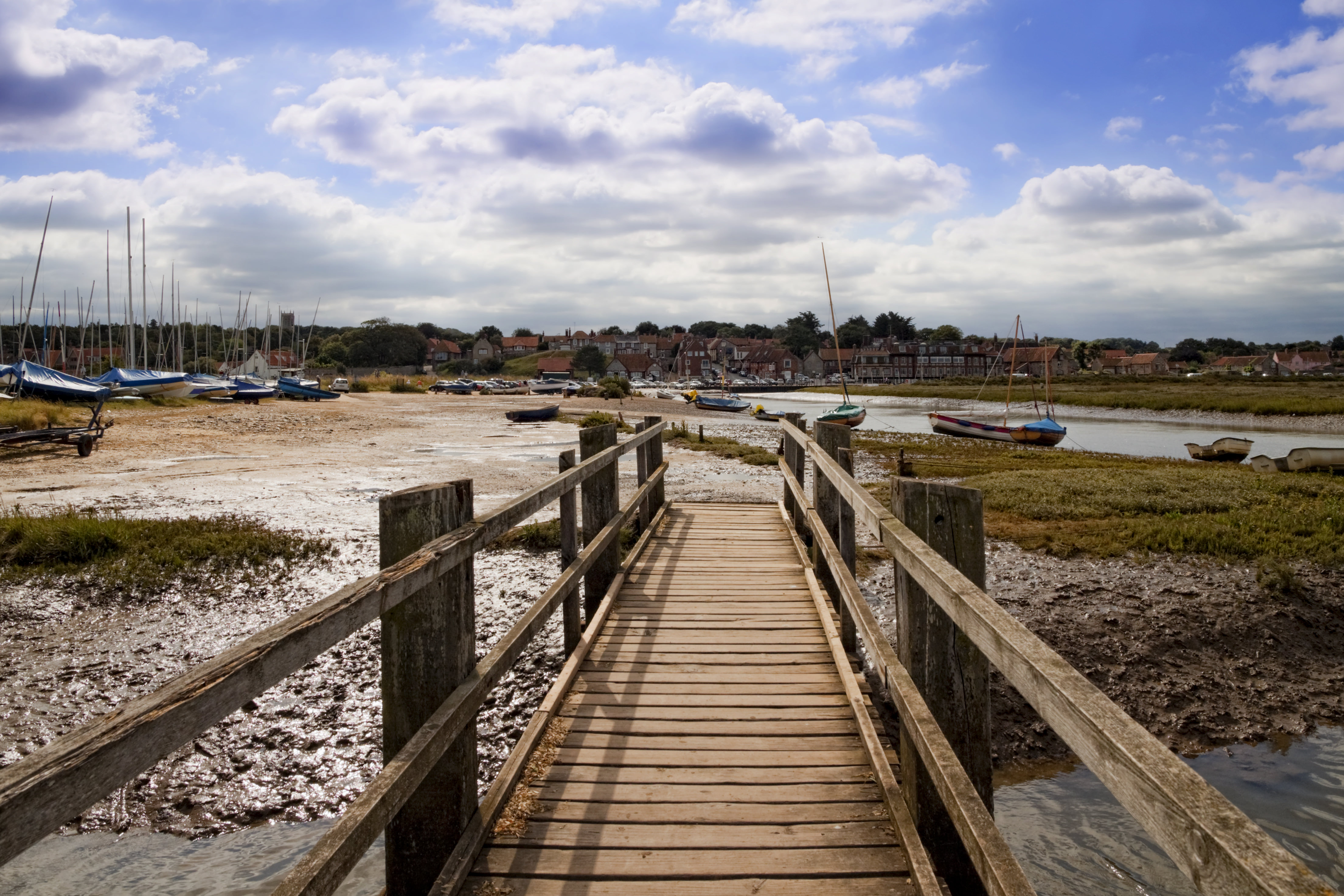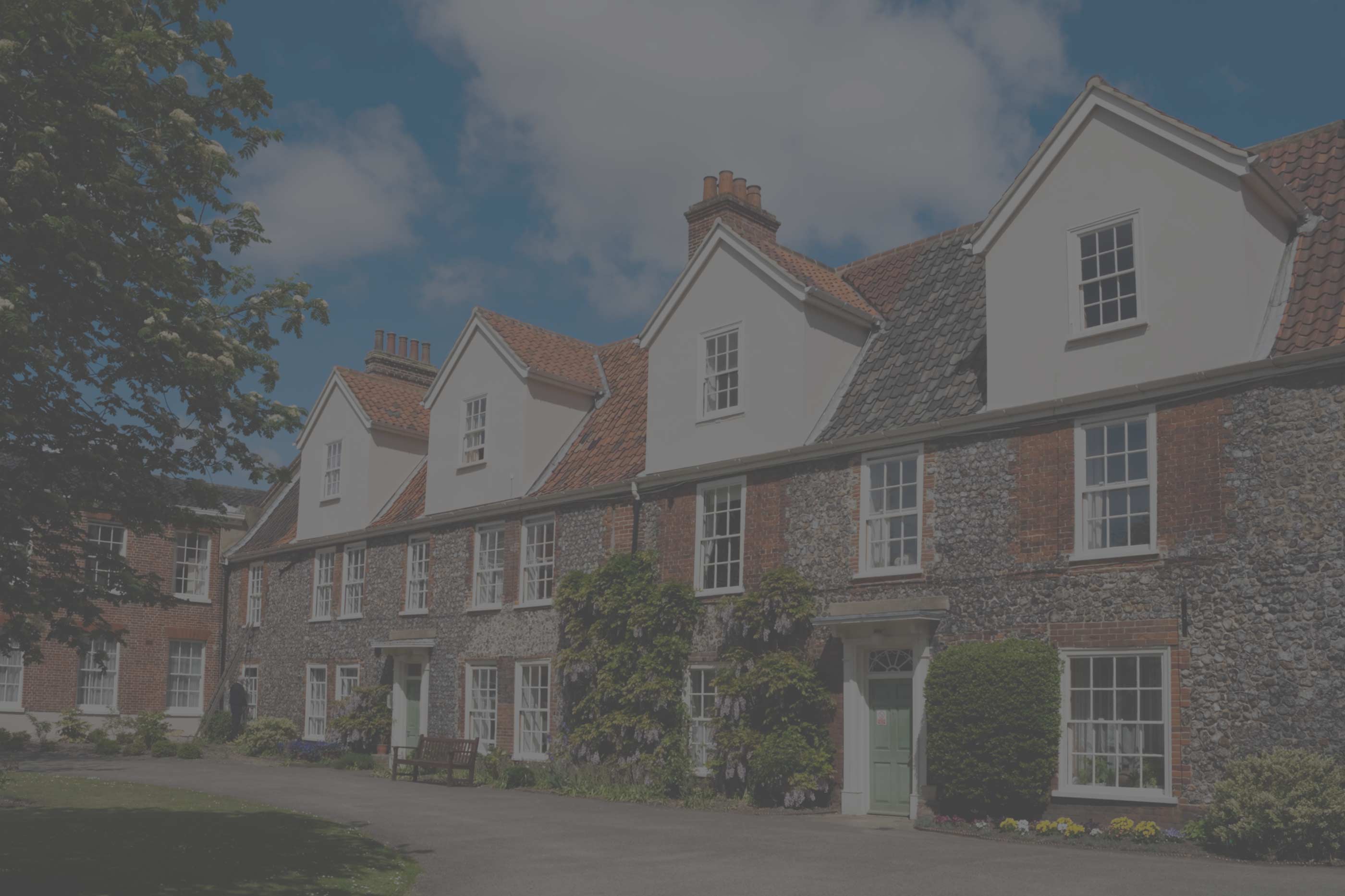
A listed home is any building that is listed on the National Heritage List for England. Buildings are listed when they are of special architectural or historical interest and require protecting, as they are considered to be of national importance. There are three categories a building can be listed under. They are Grade I, for buildings of the highest significance, Grade II*, for buildings that are of special interest, and Grade II, which is the most common category with 92% of listed buildings falling into this list.
All Buildings built before 1700 which are still close to their original condition are listed, and most buildings built between 1700 and 1840 are also listed. In most cases, a building has to be over 30 years old to be eligible for listing. Buildings are listed either through being nominated or by meeting the requirements of Historic England, who then present the buildings to the Secretary of State for Digital, Culture, Media, and Sport, who then make the final decision.
Listed buildings are a lot more common than people think, especially in the countryside, and as a result, many are now homes. In fact, you can check if your property is listed by clicking here. So what is it like living in a listed home? We’re going to take a closer look at the pros and cons.
Pros
One of the most popular reasons for living in a listed home is that you get to live in and own a piece of English history. They’re often full of character and unique features, and will usually have a rich and interesting history. Unlike other regular properties, listed buildings usually appreciate in value as time passes, providing that it hasn’t been seriously damaged. Some listed buildings may also be eligible for grants if repairs and alterations need to be made. However, these are more likely to be offered on Grade I and Grade II* listed buildings.
Cons
Although there are many upsides to living in a listed home, there are also a few downsides. Making alterations or renovations can be more complicated than with a normal building. Before work can begin on the property, you must first obtain approval from Historic England or your local conservation officer. Repairs and restorations can also be more expensive as you will need to use the original materials from when the property was built. As the building is listed, the building needs to be properly preserved or your local authority may serve you a ‘repairs notice’ and failure to comply with that would force them to issue a Compulsory Purchase Order for your property.
If you’re thinking of buying or selling, or would like to know the value of your property, get in touch! We can be reached on 01603 300900, by email: [email protected], or pop in and see us at De Vere House, 90 St Faiths Lane, Norwich, Norfolk, NR1 1NE.



Recent Comments